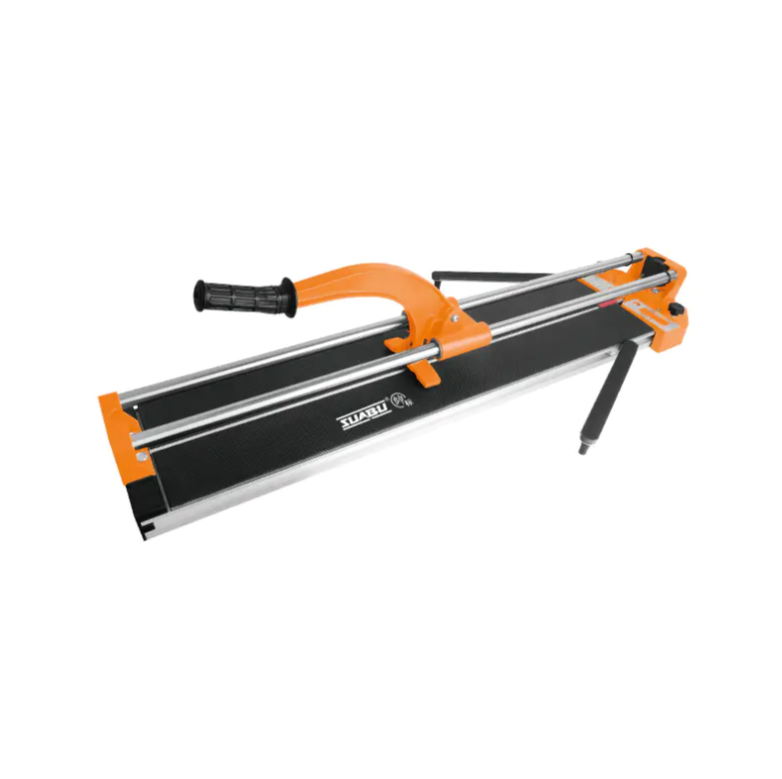Ceramic cutting tools have carved out a significant place in modern machining, especially in applications where heat resistance and wear performance are key requirements. These tools are made from materials such as aluminum oxide or silicon nitride, offering a unique blend of hardness and thermal stability. Their ability to maintain performance under high temperatures makes them suitable for high-speed cutting operations.
In the world of dry machining, ceramic cutting tools reduce the need for coolants, contributing to a cleaner work environment. Since ceramic materials can withstand elevated heat without significant degradation, they are well-suited for continuous cutting tasks. This feature is particularly advantageous when machining hardened steels, cast iron, or nickel-based alloys.
The strength of ceramic tools lies not only in their thermal properties but also in their resistance to wear and chemical attack. Compared to traditional steel tools, they generally maintain edge sharpness over longer periods. However, due to their inherent brittleness, they require stable operating conditions and precision fixturing to prevent breakage.
Different types of ceramic cutting tools are used for specific purposes. For example, silicon nitride-based tools are often used in heavy-duty applications involving cast iron, while alumina-based tools are more common in fine finishing or semi-finishing. Tool manufacturers shape these materials into various geometries to suit turning, milling, or grooving tasks.
While ceramic cutting tools may come with higher upfront costs, their longevity and performance in specific machining contexts can lead to long-term savings. Their adoption continues to grow in sectors like aerospace, automotive, and energy, where reliable cutting under demanding conditions is required.
In conclusion, ceramic cutting tools represent a solution for certain machining needs where speed, heat resistance, and edge retention are valued. When applied properly, they can contribute to consistent production quality and reduced tool changes, ultimately benefiting a wide range of industrial applications.
